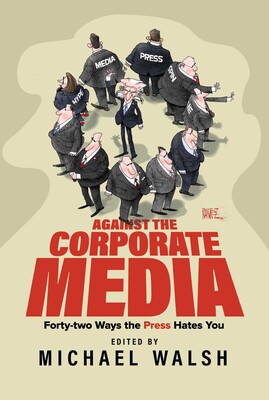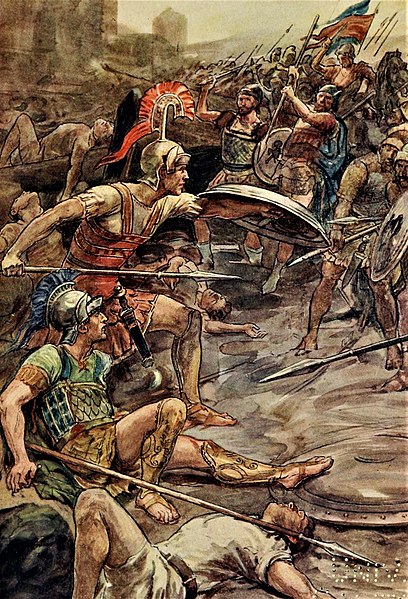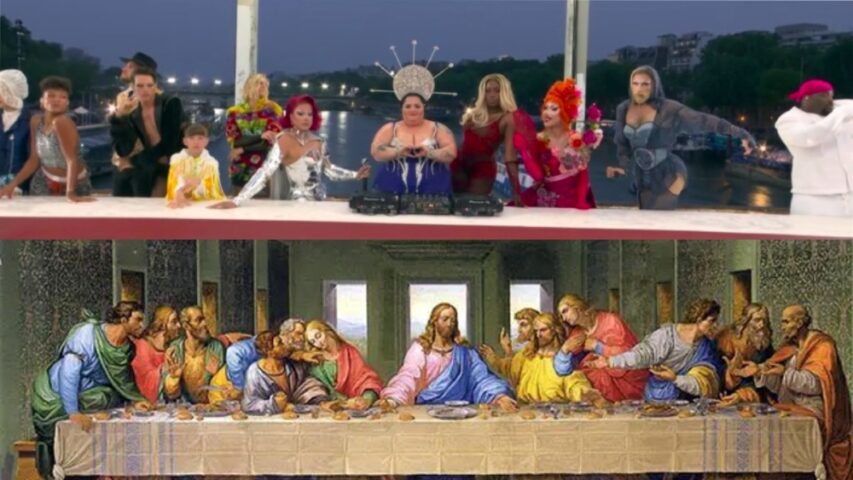 Rome’s tremendous run of victories from 264 to 168 (and beyond) fundamentally changed the nature of the Roman state. The end of the First Punic War (in 241) brought Rome its first overseas province, Sicily which wasn’t integrated into the socii-system that prevailed in Italy. Part of what made the socii-system work is that while Etruscans, Romans, Latins, Samnites, Sabines, S. Italian Greeks and so on had very different languages, religions and cultures, centuries of Italian conflict (and then decades of service in Rome’s armies) had left them with fairly similar military systems, making it relatively easy to plug them in to the Roman army. Moreover, being in Rome’s Italian neighborhood meant that Rome could simply inform the socii of how many troops they were expected to supply that year and the socii could simply show up at the muster at the appointed time (which is how it worked, Plb. 6.21.4). Communities on Sicily (or other far-away places) couldn’t simply walk to the point of muster and might be more difficult to integrate into core Roman army. Moreover, because they were far away and information moves slowly in antiquity, Rome was going to need some sort of permanent representative present in these places anyway, in a way that was simply unnecessary for Italian communities.
Rome’s tremendous run of victories from 264 to 168 (and beyond) fundamentally changed the nature of the Roman state. The end of the First Punic War (in 241) brought Rome its first overseas province, Sicily which wasn’t integrated into the socii-system that prevailed in Italy. Part of what made the socii-system work is that while Etruscans, Romans, Latins, Samnites, Sabines, S. Italian Greeks and so on had very different languages, religions and cultures, centuries of Italian conflict (and then decades of service in Rome’s armies) had left them with fairly similar military systems, making it relatively easy to plug them in to the Roman army. Moreover, being in Rome’s Italian neighborhood meant that Rome could simply inform the socii of how many troops they were expected to supply that year and the socii could simply show up at the muster at the appointed time (which is how it worked, Plb. 6.21.4). Communities on Sicily (or other far-away places) couldn’t simply walk to the point of muster and might be more difficult to integrate into core Roman army. Moreover, because they were far away and information moves slowly in antiquity, Rome was going to need some sort of permanent representative present in these places anyway, in a way that was simply unnecessary for Italian communities.
Consequently, instead of being added to the system of the socii, these new territories were organized as provinces (which is to say they were assigned to the oversight of a magistrate, that’s what a provincia is, a job, not a place). Instead of contributing troops, they contributed taxes (in money and grain) and the subordination of these communities was much more direct, since communities within a province were still under the command of a magistrate.
We’ll get to the provinces and their role in shaping Roman attitudes towards identity and culture a bit later, but for the various peoples of Roman Italy, the main impact of this shift was to change the balance of rewards for military service. Whereas before most of the gains of conquest were in loot and land – which the socii shared in – now Roman conquests outside of Italy created permanent revenue streams (taxes!) which flowed to Rome only. Roman politicians began attempting to use those revenue streams to provide public goods to the people – land distribution, free military equipment, cheap grain – but these benefits, provided by Rome to its citizens, were unavailable to the socii.
At the same time, as the close of the second century approached, it became clear that the opportunity to march up the ladder of status was breaking down, consumed by the increasingly tense maelstrom of the politics of the Republic. In essence while it was obvious as early as the 120s (and perhaps earlier) that a major citizenship overhaul was needed which would extend some form of Roman citizenship to many of the socii, it seems that everyone in Rome’s political class was conscious that whoever actually did it would – by virtue of consolidating all of those new citizens behind them as a political bloc – gain immensely in the political system. Consequently, repeated efforts in the 120s, the 100s and the 90s failed, caught up in the intensifying gridlock and political dysfunction of Rome in the period.
Consequently, just as Rome’s expanding empire had made citizenship increasingly valuable, actually getting that citizenship was made almost impossible by the gridlock of Rome’s political system gumming up the works of the traditional stepwise march up the ladder of statuses in the Roman alliance.
Finally in 91, after one last effort by Livius Drusus, a tribune of the plebs, failed, the socii finally got fed up and decided to demand with force what decades of politics had denied them. It should be stressed that the motivations behind the resulting conflict, the Social War (91-87), were complex; some Italians revolted for citizenship, some to get rid of the Romans entirely. The sudden uprising by roughly half of the socii at last prompted Rome to act – in 90, the Romans offered citizenship to all of the communities of socii who had stayed loyal (as a way of keeping them so). That offer was quickly extended to rebellious socii who laid down arms and rejoined the Romans. The following year, the citizenship grant was extended to communities which had missed the first one. The willingness to finally extend citizenship won Rome the war, as the socii who had only wanted equality with the Romans, being offered it, switched sides to get it, leaving only a handful of the hardest cases (particularly the Samnites, who never missed an opportunity to rebel against Rome) isolated and vulnerable.
The consequence of the Social War was that the slow process of minting new citizens or of Italian communities slowly moving up the ladder of status was radically accelerated in just a few years. In 95 BC, out of perhaps five million Italians, perhaps one million were Roman citizens (including here men, women and children). By 85 BC, perhaps four million were (with the remainder being almost entirely enslaved persons); the number of Roman citizens had essentially quadrupled overnight. Over time, that momentous decision would lead to a steady cultural drift which would largely erase the differences in languages, religion and culture between the various Italic peoples, but that had not happened yet and so confronted with brutal military necessity, the Romans had once again chose victory through diversity, rather than defeat through homogeneity. The result was a Roman citizen body that was bewilderingly diverse, even by Roman standards.
(Please note that the demographic numbers here are very approximate and rounded. There is a robust debate about the population of Roman Italy, which it isn’t worth getting in to here. For anyone wanting the a recent survey of the questions, L. de Ligt, Peasants, Citizens and Soldiers: Studies in the Demographic History of Roman Italy 225 BC – AD 100 (2012) is the place to start, but be warned that Roman demography is pretty technical and detail oriented and functionally impossible to make beginner-friendly.)
Bret Devereaux, “Collections: The Queen’s Latin or Who Were the Romans, Part II: Citizens and Allies”, A Collection of Unmitigated Pedantry, 2021-06-25.












